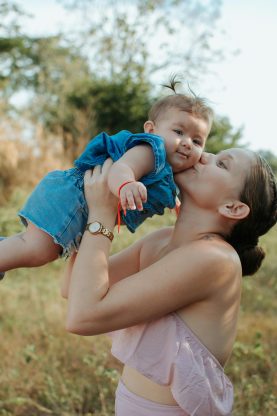Table of Contents
Supervision and Monitoring
One of the most important safety procedures for babysitters is to prioritize supervision and monitoring of the children in their care. Babysitters should always keep a close eye on the children, whether they are playing indoors or outdoors. It is important to maintain constant supervision to prevent accidents and injuries from occurring. Additionally, babysitters should be aware of the children’s whereabouts at all times and ensure that they are not in any dangerous situations.
On-Demand Childcare in Your Neighborhood
Book a Sitter
First Aid and Emergency Preparedness
Babysitters should be trained in first aid and emergency preparedness to handle any health-related issues or emergencies that may arise while caring for children. It is crucial for babysitters to know how to respond to common injuries such as cuts, burns, or insect bites. Additionally, babysitters should be knowledgeable about basic CPR and first aid techniques in case of a more serious emergency. It is also important for babysitters to have a list of emergency contacts and know the location of the nearest hospital or urgent care facility.
Childproofing and Home Safety
Childproofing and home safety measures are essential for creating a safe environment for children. Babysitters should be proactive in identifying and addressing potential hazards in the home, such as sharp objects, toxic substances, or uneven flooring. Babysitters should also ensure that electrical outlets are covered, cabinets are secured, and stairways are gated to prevent accidents. It is important for babysitters to be diligent in maintaining a safe and child-friendly environment at all times.

Communication with Parents
Effective communication with parents is key to ensuring the safety and well-being of the children under a babysitter’s care. Babysitters should establish open and transparent communication with parents regarding any allergies, medical conditions, or special instructions related to the children. It is important for babysitters to update parents on the children’s activities, meals, and behavior while they are in their care.
Babysitters should also inform parents of any accidents or incidents that occur and seek guidance on how to handle them appropriately.
Professionalism and Boundaries
Babysitters should maintain a high level of professionalism and establish clear boundaries when caring for children. It is important for babysitters to prioritize the safety and well-being of the children above all else. Babysitters should refrain from engaging in any behavior that could jeopardize the safety of the children, such as using their phone excessively or inviting strangers into the home. Additionally, babysitters should respect the privacy and rules set forth by the parents and adhere to any specific guidelines provided.
In conclusion, prioritizing safety is paramount for babysitters to create a secure environment for children. By following essential safety procedures, babysitters can ensure the well-being and protection of the children under their care. Supervision and monitoring, first aid and emergency preparedness, childproofing and home safety, communication with parents, and professionalism and boundaries are key areas that every babysitter should focus on to promote a safe and secure environment for children. By adhering to these safety procedures, babysitters can provide peace of mind to parents and create a positive and nurturing experience for the children in their care.










